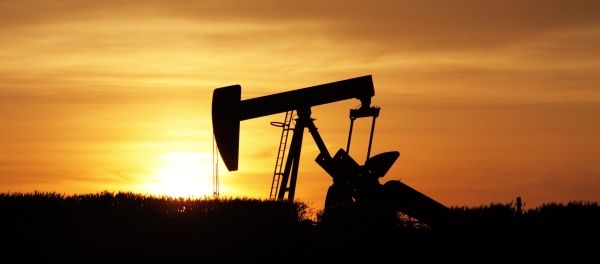Earthquakes in Oklahoma and Kansas had been on the rise due to injection of wastewater – a byproduct of oil and gas operations – before regulations started limiting injections. Now a new model developed by Stanford University researchers incorporates earthquake physics and the Earth’s hydrogeologic response to wastewater injection to forecast a decrease in man-made earthquakes in Oklahoma and Kansas through 2020.
The model is based on publicly available data on wastewater injection into the Arbuckle formation, a nearly 7,000-foot-deep sedimentary formation underlying north-central Oklahoma and southern Kansas. Assuming wastewater injection from oil and gas operations continues at its current rate, researchers mapped the likelihood that the region will experience future earthquakes. The research appears Sept. 26 in the journal Nature Communications.
“We’ve created a detailed model that allows regulators to know where most of the problems are likely to occur,” said co-author Mark Zoback, the Benjamin M. Page Professor of Geophysics at Stanford’s School of Earth, Energy & Environmental Sciences (Stanford Earth). “This can be used in Oklahoma, or elsewhere, to provide a scientific basis for regulatory action.”
Continue reading at Stanford University
Image via Stanford University


